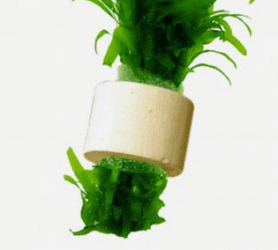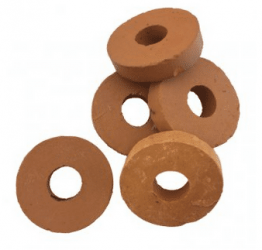Bruce Leyland-Jones
Fish Aficionado
I need to secure my Eleocharis acicularis, or Hairgrass, in my sand substrate. The problem of arises because the kuhli loach like to dig into the sand and love to tunnel under the roots.
I'm considering using U-shaped pieces of wire, from paper clips, which are apparently made of galvanised steel.
Am I right in thinking that these might/will rust and pollute the water?
Another concern is that, even though the U-shapes will have long, long legs, the ends of them could pose a hazard to the kuhli loach.
Just placing the grass in the sand gets it dug up.
Placing it under a rock will have the kuhlis digging around the base of the rock...and uprooting the hairgrass. None of my other plants has this issue.

Of course, if anyone has any bright, tried and tested ideas..?
I'm considering using U-shaped pieces of wire, from paper clips, which are apparently made of galvanised steel.
Am I right in thinking that these might/will rust and pollute the water?
Another concern is that, even though the U-shapes will have long, long legs, the ends of them could pose a hazard to the kuhli loach.
Just placing the grass in the sand gets it dug up.
Placing it under a rock will have the kuhlis digging around the base of the rock...and uprooting the hairgrass. None of my other plants has this issue.
Of course, if anyone has any bright, tried and tested ideas..?






